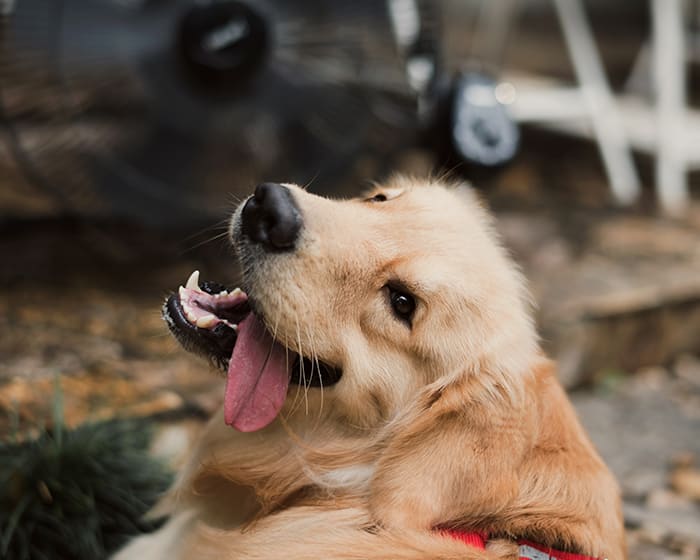The veterinary surgeons at our Greeley animal hospital perform a number of surgical procedures, from c-sections to dental surgery, soft tissue procedures, spay & neuter operations, and more.
Veterinary Surgery for Cats & Dogs
Following stringent surgical protocols and using surgical techniques, we offer a wide selection of surgical procedures for cats and dogs at our Greeley animal hospital.
Just before each veterinary surgery begins, a dedicated nurse administers anesthesia and will use electronic patient monitoring equipment to continuously monitor your pet throughout the procedure. Pain management is also provided.
After your pet's procedure, post-operative monitoring and pain management becomes a priority. Thorough instructions for at-home care will also be provided by your vet.

What to Expect from Veterinary Surgery
We commit to keeping you fully informed about why a certain surgical procedure is being recommended. We will also explain any post-operative care your pet will require at home. Stringent surgical protocols are in place at our clinic.
Surgical Procedures
At St. Michaels Companion Animal Hospital, our vets regularly perform the following elective and non-elective surgeries:
- Soft Tissue Surgery
Soft tissue surgical procedures are available for pets suffering from ear, nose and throat disorders.
These procedures are also available for cardiothoracic, oncological, urogenital, hepatic, skin and gastrointestinal disorders.
- C-Sections
During Caesarean sections, kittens or puppies are removed from the mother's uterus.
Typically, we perform c-sections when the mother is unable to give birth naturally.
- Ocular
Is your pet experiencing pain, redness or other symptoms in or around the eyes? They may require an ocular surgery.
Cataract surgery, ectropion surgery, entropion surgery, exenteration of the orbit, cherry eye surgery and eyelid tumor removal are all common ocular procedures for cats and dogs.
- Mass Removal
This is a fairly common procedure for both cats and dogs.
Our pets can develop masses inside a body cavity, which may turn serious and life-threatening. Masses associated with the skin can also become an issue.
- Foreign Body
Sometimes, a cat or dog can ingest something they shouldn't have, or a foreign object gets stuck inside the body.
Whether your pet has eaten something they shouldn't have or an accident has left them injured, our vets can remove it with foreign body surgery.
- Wounds
When living tissue is burnt, torn, broken, cut or otherwise damaged, wounds can occur.
It's critical that a qualified veterinarian clean, disinfect and appropriately care for any wounds as soon as possible.
- Orthopedic Surgery
To correct diseases and injuries of the joints, tendons, ligaments, bones and other skeletal structures, our vets can perform veterinary orthopedic surgery.
- Spaying & Neutering
When a cat or dog is spayed or neutered, they are surgically sterilized to prevent disease and extend life expectancy.
- Dental Surgery
Dogs and cats sometimes require dental surgery for injury or disease. These surgeries may range from tooth extractions to jaw fracture repairs and gum disease treatment.
The Vet Surgery Process
We know that the anticipation of bringing your pet in for surgery can be nerve-wracking. You can trust that we recommend surgery only when it's necessary and in the best interests of your furry friend.
We will confirm that you fully understand why surgery is being recommended and that you are confident in making the decision to move ahead.
Surgical protocols at our clinic include:
Pre-surgical assessments. The specifics of the procedure will be confirmed. The vet will perform a physical examination of your pet and ensure blood tests are completed and reviewed to learn whether he or she would face any risk of complications related to anesthesia.
Dedicated surgical suites. Our surgical suite is kept completely sterile to prevent infection and cross-contamination in the area where surgeries are performed.
Surgical attire. Disposable masks and caps are worn by our staff at all times whenever they are in the surgical suite. Anyone involved in the procedure itself also wears single-use gloves and sterile gowns.
Sterile packs and equipment. Surgical instruments and equipment are carefully cleaned, sterilized and wrapped before every surgery.
